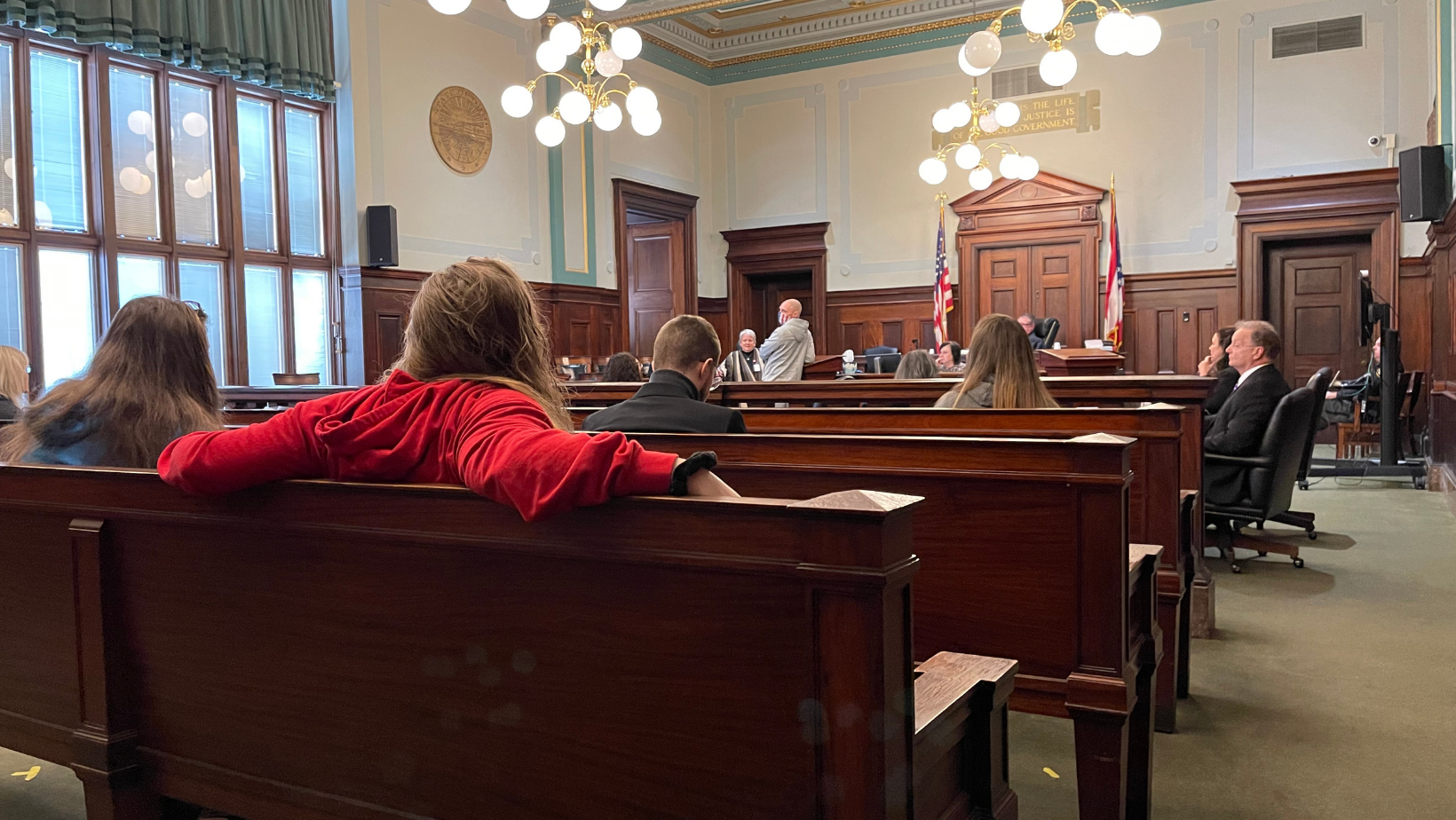
If you have read the long form narrative about drug crime and treatment in Mahoning County, then you are familiar with the stories of Denise Raub and Leila Rood.
These two women were circumstantially raised in a family full of drug abuse and addiction that eventually trickled down to impact their adulthood lives. Raub and Rood share how their parents drug addiction made a lasting impact in their journey with drug abuse and eventually led them down a path of maintaining a criminal record and serving prison time. Once Raub and Rood were presented the Mahoning County Common Pleas Drug Court as a way to get out of facing prison time, receive intensive treatment for their drug dependency and live a lifestyle of recovery, their lives changed drastically.
Making the decision to use drugs doesn’t just impact one person, but can impact children and youth in a drug-involved household, spouses, partners, family and friends close to the drug user through their consequential actions while on drugs.
Like Rood said, both of her parents were drug addicts which showed her what a lifestyle of drug use looked like. And for Raub, her parents were also involved in drug addiction and her father was abusive physically and mentally to her mother. Now, many of her drug-related symptoms, like manipulation, she picked up from her father when she was using drugs in her teenage and adult years.
When parents are serious drug users, studies show they typically do not provide adequate care for their children, the Bureau of Justice Statistics stated. Many children are taken in by grandparents or other relatives and many are cared for by the social service system. Drug use can cause physical, social and emotional damage to non-users like children living in a household with drug usage, according to the Bureau of Justice Statistics.
Genetics, the study of how genes and building blocks, also known as DNA, contain sequences that determine the qualities and traits of a person, make up between 40% and 60% of a person’s risk for addiction, according to the American Addiction Centers. Seeing drug abuse modeled as a normal behavior can lead individuals down their own path of drug use, too.
According to the Bureau of Justice Statistics, drug use rose from the early to late 1970s, and peaked between 1979 and 1982. The increase in crack cocaine was especially sharp in the late 1970s. Drug offenses involving heroin started to increase substantially in 2011. Nearly 125% of drug offenses involve heroin use, while non-heroin, opiate-related incidents decreased by 3.5% in Ohio, the Office of Criminal Justice Services reported.

Marijuana is the second most used substance — Alcohol abuse leading as the most used substance — in all generations from 1890 to 2022, according to American Addiction Centers. The Baby Boomer generation, individuals born between 1946 to 1964, stand out as the generation that had the highest reported marijuana usage.
Family influences are one of the main motivators for continued drug use with youth or young adults living in the household. Youth who are most likely to become involved in drug use are those who have parents with little control over their children, the Bureau of Justice Statistics reported.
Breaking the cycle of generational drug use will prevent youth from engaging in substance use early on in their lives and lead into adulthood, which can be modeled as “normal behavior” by parents, or family members.